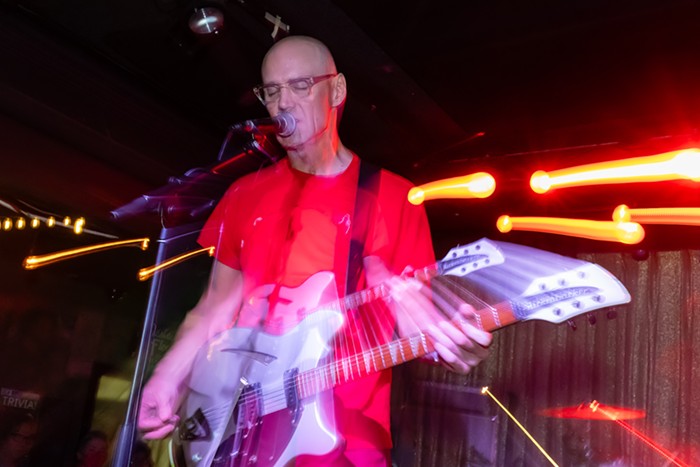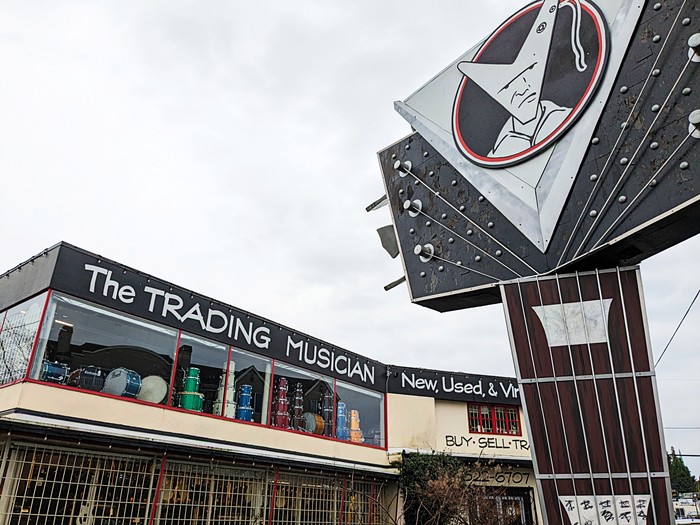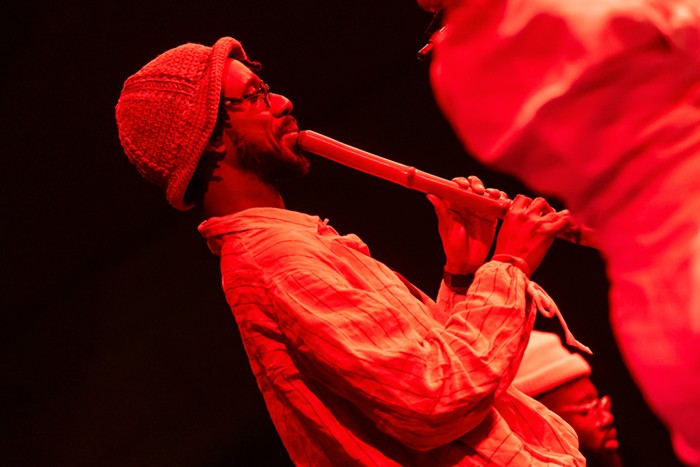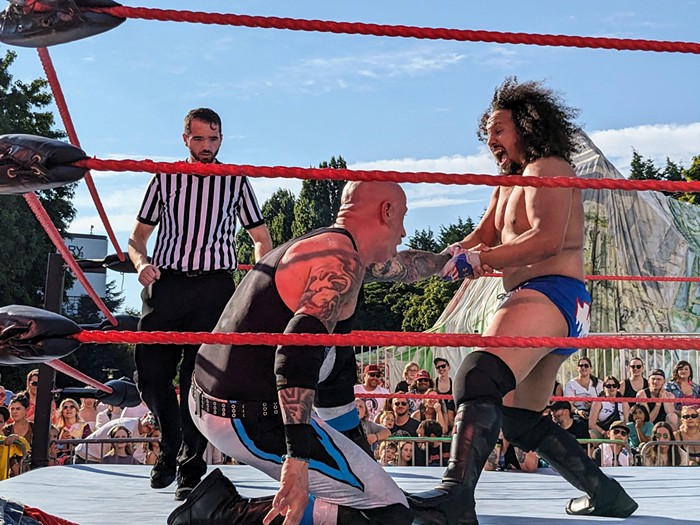In Russian folklore, the Firebird is a resplendently plumed, magical being with powers of healing and resurrection. Those who espy the elusive Firebird discover a dazzling, willful, and enigmatic creature. So too with Igor Stravinsky's biggest hit, The Firebird.
Composed in 1910 for the Ballets Russes, Stravinsky's score begins in a swamp of muddy, mysterioso strings that slorp, rumble, and heave tectonically. The Firebird's ominous atmosphere almost sinks into the standard-issue stygian gloom you've heard in countless horror films until Stravinsky begins, as he described it a half-century ago, to "out-Rimsky Rimsky." Seeking to surpass his legendary teacher, the master orchestrator Nikolai Rimsky-Korsakov (1844–1908), Stravinsky quickly unfurls glittering colors with muscular, rhythmic urgency. Common tricks such as shivering tremolo strings collide with still-eerie harmonics and exotic birdlike scales. I especially love the gossamer harp strums that swoosh and twinkle like featherlight diamonds.
The Firebird is also plumed with schmaltzy, endearing tunes that recall another great Russian composer, Tchaikovsky, especially in the "Firebird begs to be released" section. Yet the familiar ass-kicking Stravinsky soon emerges; you hear sudden juxtapositions of tunes, textures, and rhythms foreshadowing subsequent masterpieces such as Petrushka (1911), The Rite of Spring (1913), Agon (1957), and Movements (1960).
Oddly, The Firebird's popularity has also made it elusive. Despite thousands of Firebird performances and recordings, the original as composed by Stravinsky in 1910 is almost never heard. Stravinsky cannibalized the work in 1911 and 1919 for suites aimed at ensembles unable or unwilling to muster the valveless horns and extra tubas used in the original. Today, most orchestras perform the 1919 version or a modified edition (such as the 1964 Moscow iteration printed domestically by Dover) to skirt paying performance royalties and publisher's rental fees. In 1945, Stravinsky distilled The Firebird into yet another suite, but orchestras, always pinching pennies, have largely ignored it.
The result is a futile nightmare for musicologists and Stravinsky fans hoping to divine (or at least hear) the composer's original vision. In the 1990s, the publisher Schott resurrected and republished The Firebird in a "Complete Original Version" with extra instruments and corrections to numerous inconsistencies. Although conductors Joni Lynn Steshko and Robert Craft found additional errors, this quasi–director's cut edition of The Firebird still sounds stupendous.
Conductor David Robertson visits the Seattle Symphony (Thurs–Sun June 11–14, Benaroya Hall, various times, $17–$97) not only to conduct the original 1910 Firebird but to helm the band and phenomenal violinist Leila Josefowicz in a new violin concerto by Thomas Adès, Concentric Paths. Robertson, beloved by new-music nuts for his stint leading the Ensemble Intercontemporain, proved himself an excellent Stravinsky conductor when I heard him with the New York Philharmonic several seasons ago. And this is the first time this Firebird has been performed in Seattle. ![]()


















